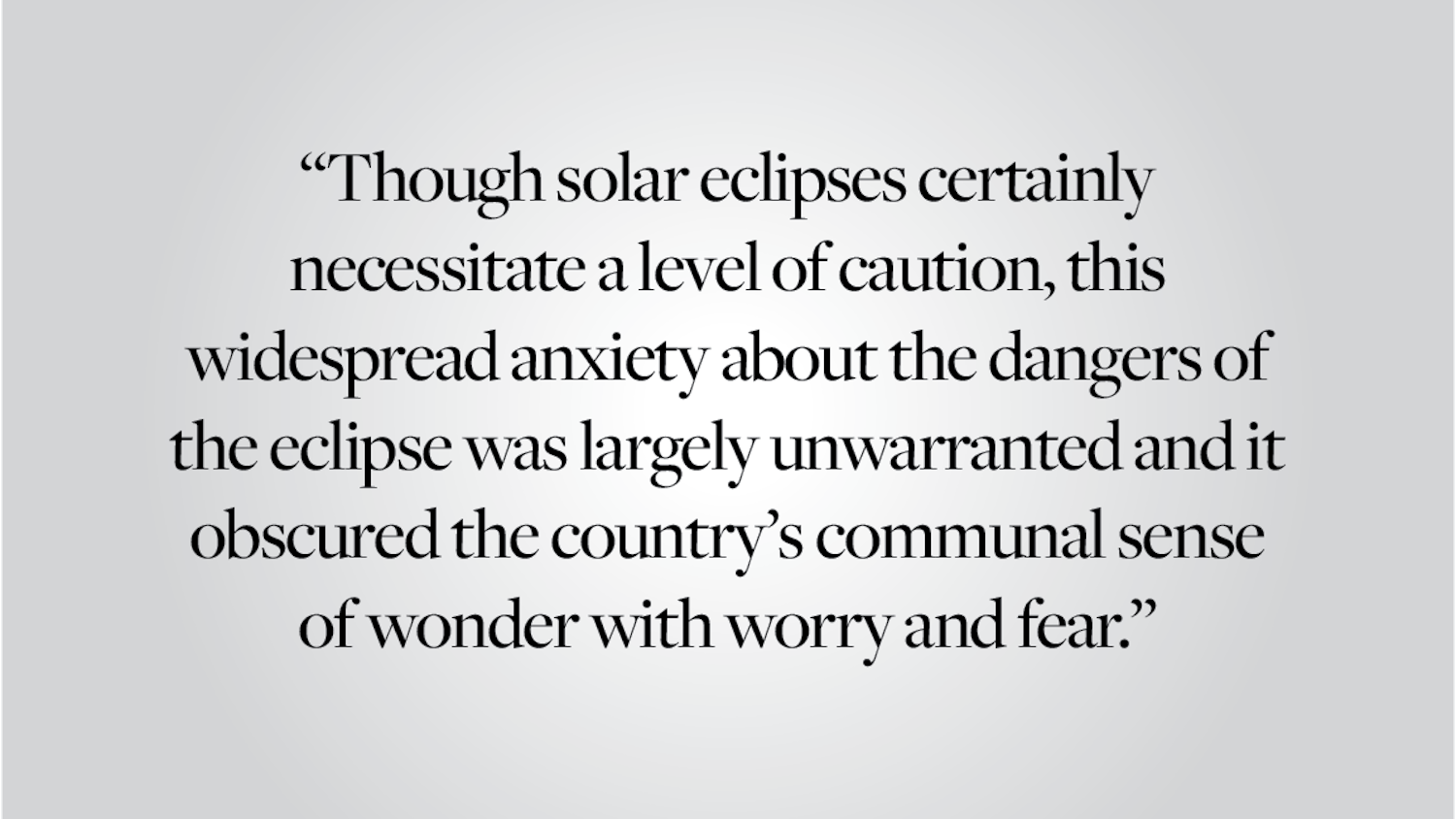I was struck by Nikhil Kumar’s ’17 recent column disagreeing with the University’s decision to transform a part of the second floor of the Rockefeller Library into a graduate student-only study center. I was struck by this because, first, I also previously used the space myself as a first-year, and second, I was an undergraduate representative on the Library Advisory Board that approved the change last spring.
As a full disclaimer, I can only speak for myself and my own opinions in this response and not those of other members of the board.
To begin, I should provide information that, from an undergraduate perspective, the library system has not adequately communicated to the public. The decision to make a card-swiped area was a result of a University-wide survey about the campus and its facilities. One of the leading concerns among graduate students, especially humanities scholars, was the lack of space solely dedicated to them for study and work. Several pointed out that the current setup did not work for them because undergraduates often ignore signs regarding use of dedicated spaces. A good chunk of doctoral students end up forgoing the library system as a study space altogether. This lack of dedicated library space for doctoral students ties in with the overall sentiment Kumar mentions — that the University does not afford its graduate students the same sense of community and solidarity it offers undergraduates, especially considering the wide range of study spaces already available to us.
The Library Advisory Board, which includes library staff members, faculty members, University administrators and graduate and undergraduate students, discussed this topic at length. And while the fact that leaving the area for mixed use might foster collaboration, as Kumar mentions, was brought up, the explicit needs of the graduate community took precedence. The author’s thought that such a decision created “a fishbowl effect through which undergrads can observe the grad students utilizing the space without the satisfaction of ever stepping inside” is merited. But he should also consider that we have access to dorm lounges, dining spaces, study rooms, gyms, classrooms, practice halls and other facilities that are never available for graduate students.
As recent developments have shown, the University has entered a dialogue about the role of graduate students in the collegiate community — financially, socially and academically. This debate is not limited to our campus; the decision of courts to allow graduate students to unionize and instances of entire classes of graduate students quitting their programs are just two examples. Graduate students are, in my mind, some of the greatest assets available to an undergraduate population at a university. They serve as teaching assistants in our classes, fund research and mentor students, all for a wage that would make any academic cringe. To create the collaboration that Kumar mentions, the first step is to extend basic resources to our graduate community that we as undergraduates take for granted. Anyone can stick a sign somewhere saying a space is now reserved for a group, but a renovation is a more concrete way for us to say that we value and respect them.
Kumar does bring up an important argument regarding whether collaboration is inhibited by designated areas in the library. I would say no. The changing of a space does not destroy the purpose of an entire library, and I would argue that this graduate student-only study center would actually foster collaboration by increasing the number of graduate students in an area where most foot traffic is created by undergraduates. Pulling doctoral and master’s students out of their offices and department buildings into a central location where undergraduates also gather is the first step toward an integrated community, even if a card-swiped area is necessary to cause that migration.
The University partitions usage of different areas of its libraries, from the noise levels of the Sciences Library to the card-access areas in the new technology center at the Rock, not because they want to divide us, but because the libraries are in totality a space for everyone. This means we have to have different areas that address different needs. And if graduate students want to work in an area dedicated to them, so be it. At least they’ll come to the Rock now.
Mark Liang ’19 can be reached at mark_liang@brown.edu. Please send responses to this opinion to letters@browndailyherald.com and other op-eds to opinions@browndailyherald.com.




